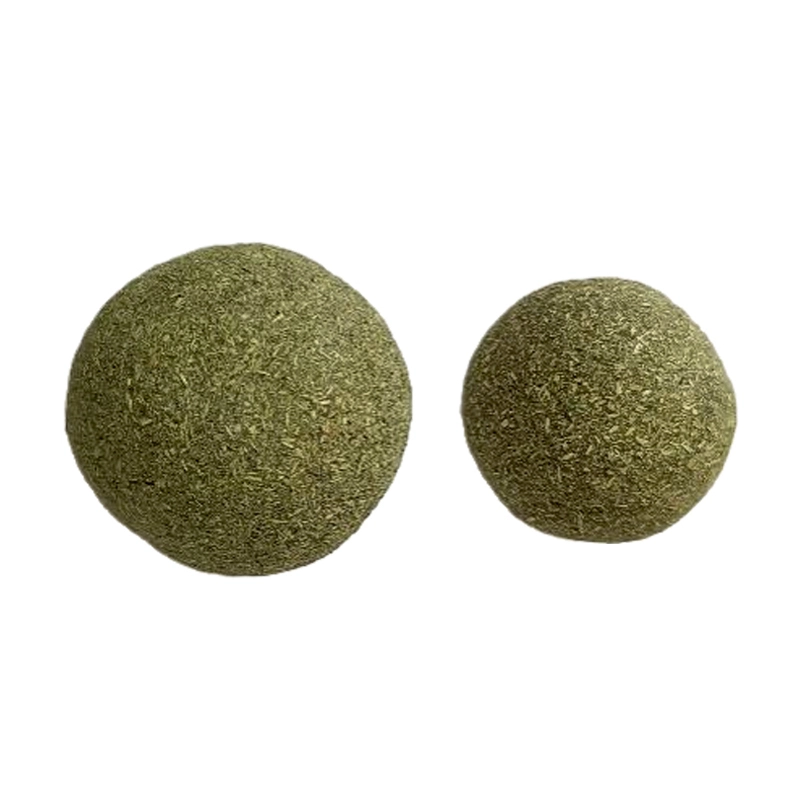en
When a cat suddenly starts rolling and twisting on the living room floor, frantically rubbing its cheeks against a toy, or enters an excited chase that lasts up to ten minutes, seasoned pet owners often smile knowingly—this is most likely the magic of catnip at work. This plant, which drives 70% of domestic cats wild, is not only nature's most magical "happiness catalyst" for cats but also a classic sample for animal behaviorists studying the effects of chemical pheromones.

What is Catnip?
Catnip, also known as catmint, is a common herb belonging to the mint family. It is most commonly found in North America, with light green leaves and pale purple flowers. The leaves of catnip are often used to make tea, believed by some to relieve coughs, and are also frequently used as an ingredient in natural insect repellent sprays.
How Does Catnip Affect Cats?
An active ingredient in catnip is called nepetalactone, a chemical that influences cat behavior. When cats smell catnip, the scent is transmitted to their brain through their unique olfactory organ—the vomeronasal gland—triggering a series of behavioral responses. The vomeronasal gland, located at the roof of a cat's mouth, makes them more sensitive to scents. This is why you sometimes see cats making a "stinky face" after smelling certain odors.
Why Do Cats Like Catnip?
Catnip mimics feline sex hormones, which is why many cats exhibit behaviors akin to being in heat when they encounter catnip. Both male and female cats may be attracted to catnip, with reactions ranging from relaxation and euphoria to becoming highly active, and sometimes even aggressive.
How to Use Catnip?
Catnip comes in various forms, including fresh catnip (home-grown plants), dried catnip, catnip spray, and catnip-filled toys. For cats that may experience gastrointestinal discomfort from eating catnip, catnip spray is a good alternative. The spray can be applied to favorite toys, cat trees, or scratching posts. You can also sprinkle some dried catnip onto a cat's toy or let the toy roll in catnip. Vets recommend using catnip appropriately for cats left alone at home for long periods, as it can help alleviate separation anxiety and sometimes relieve certain types of pain.
Do all cats react to catnip?
Not every cat will respond to catnip. According to veterinary research, about 60% of cats show a behavioral response to catnip. If your cat does not react to catnip, you can try other plants like silvervine or valerian root, which have similar effects on cats.
How Long Does the Effect of Catnip Last?
The effect of catnip varies from cat to cat. Generally, the behavior triggered by catnip lasts about 10 minutes before fading. Afterward, cats need to rest for about 30 minutes before they can respond to catnip again. To maintain optimal efficacy, catnip should be stored in a sealed container as it loses potency over time.
However, vets warn that about 15% of cats may experience gastrointestinal irritation due to excessive licking. It is recommended to limit single exposures to 0.5 grams and not to exceed three times a week. The so-called "pet happiness water" is, in fact, an ecological code left by natural evolution for modern civilization, teaching us to understand the intricate connections of the Earth's life network with greater humility.


